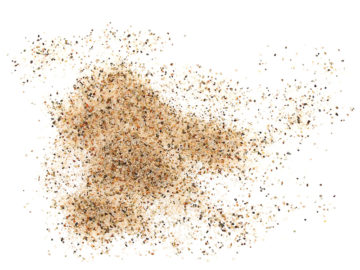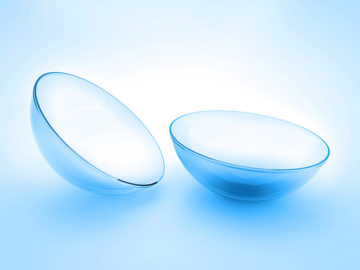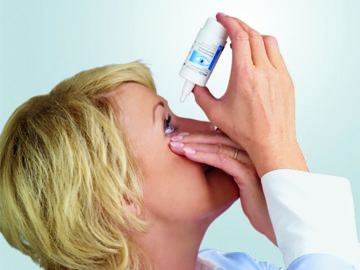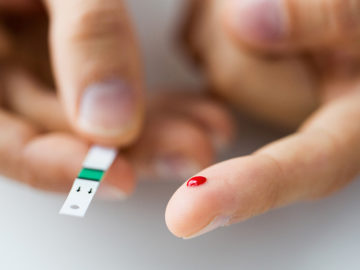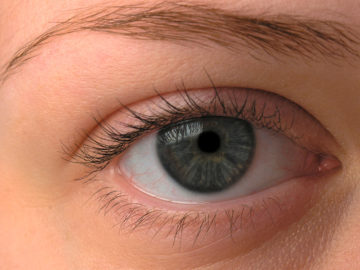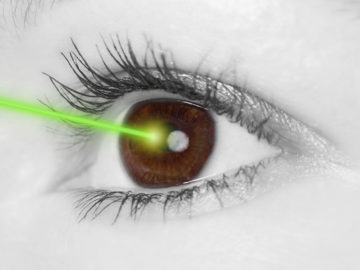Citrate buffers and phosphate buffers in eye drops

Many people use eye drops, for example for treating eye diseases or for lubricating dry eyes. It is better if the eye drops contain citrate buffers instead of phosphate buffers.
Eye drops contain a buffer solution which protects the chemical bonds between the ingredients of the eye drops and which ensures that the eye drops have a tolerable pH value during the period they are used. Quite often, a phosphate buffer is used. Phosphates in buffers have been brought into disrepute after studies have shown that they can lead to permanent corneal opacities in cases where the cornea is already damaged or through frequent use. Citrate buffers are a good alternative to phosphate buffers.
Buffers set the pH value in eye drops
The right pH value is set in eye drops with a buffer. Only when the pH has a certain value are the eye drops tolerable and their ingredients protected against decay for an extended period of time. Phosphate buffers are readily employed for such purposes. However, the results of current studies urge caution in the use of phosphates in eye drops1. The reason: people who have a damaged cornea, for example after an operation or an injury, can develop permanent corneal opacity from frequent use due to the phosphates.
Calcium is naturally present in the cornea. It reacts with phosphate to become low solubility calcium phosphate crystals. These form calcifications, which become deposited in the cornea and which can lead to opacity. Because the calcium plaques do not dissolve, vision is greatly impaired as a result. This is referred to as calcification. In extreme cases, vision has to be restored with a cornea transplant.
Compared with the natural presence of phosphate in the eye, the amount in eye drops is several times greater. Calcification can develop in affected patients within a few days if eye drops containing phosphate are used frequently.
Citrate buffers better than phosphate buffers
People with damaged corneas should not use eye drops with phosphate buffers. Phosphate buffers can be identified in the list of ingredients and in the patient information leaflet with the following terms :
- Sodium dihydrogen phosphate
- Sodium dihydrogen phosphate dihydrate
- Disodium monohydrogen phosphate dihydrate
- Potassium dihydrogen phosphate
Also available are eye drops which contain citrate buffers instead of phosphate buffers. Citrate buffers do not cause calcification of the cornea and therefore eye drops with citrate buffers are preferable.
Although the risk of calcification is minimal in people who have an undamaged cornea, it is still recommended to use eye drops without phosphate buffers, just to be on the safe side. All eye care products from URSAPHARM use citrate buffers.
1 BLUMBERG, A.: Bull. zur Arzneimittelsicherheit 2013; Nr. 1: 7-12


